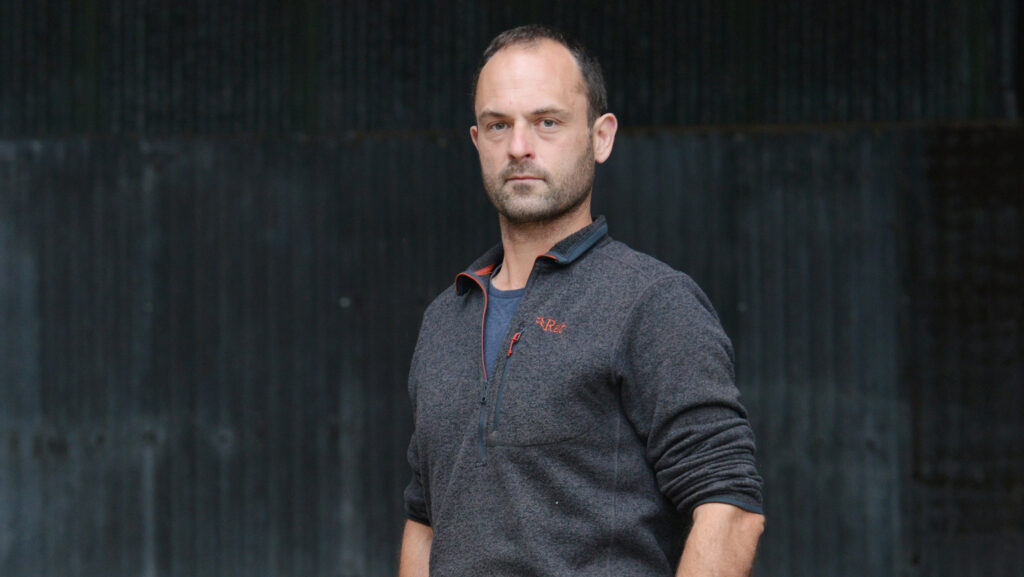Farmer Focus: We had possibly our easiest calving ever
 David Girvan © Michelle Scott
David Girvan © Michelle Scott Calving has been finished for a few weeks, marking the easiest calving season I’ve ever experienced. Of 148 cows that were due, we now have 150 live Stabiliser calves – including five sets of twins.
Unfortunately, we had two dead calves, and one cow lost her calf before calving.
We did not have to assist any cows or heifers during the process. The only interventions were one mastitis case and twinning [fostering] on a calf to a cow with a dead calf.
See also: 5 ways to ensure a safe and successful beef calving
Calving lasted just over seven weeks, and I might never see such an easy season again.
I hope that years of culling problem cows and not giving second chances to cows with large teats have significantly reduced our issues.
With the reduction in ewe numbers, lack of grass has not been a concern this year. My plan is to carry more grass through into autumn and the following spring.
All 180 ewes and lambs are now entering quite strong covers to graze the best parts, before 50 cows and calves are brought in to tidy up, rather than making more silage.
Another part of the farm is being grazed by yearling cattle first, followed by another set of cows and calves.
Field size is likely too large, so the grazing period for each field is lasting about six days. We generally aim for two to three days between shifts, with a rest period of at least six weeks.
We split some fields for the cattle with electric fences, but water access can be a limiting factor. Mobile water troughs would help.
The cows are now grazing the docks, which will be beneficial when we transition to organic farming.
As I write my last column, I am contemplating our farm’s move into organic production.
I wonder if finishing cattle off grass will be sensible for us, or if we should move to selling more as stores.
I’m also debating replacing the last sheep with 25 cows to reduce the workload.
However, with extra grass, our ewes and lambs are looking excellent, so they will stay for now.
Writing these articles always makes me question and evaluate what we do, which is a good reason for anyone to accept an opportunity to contribute to these pages.

